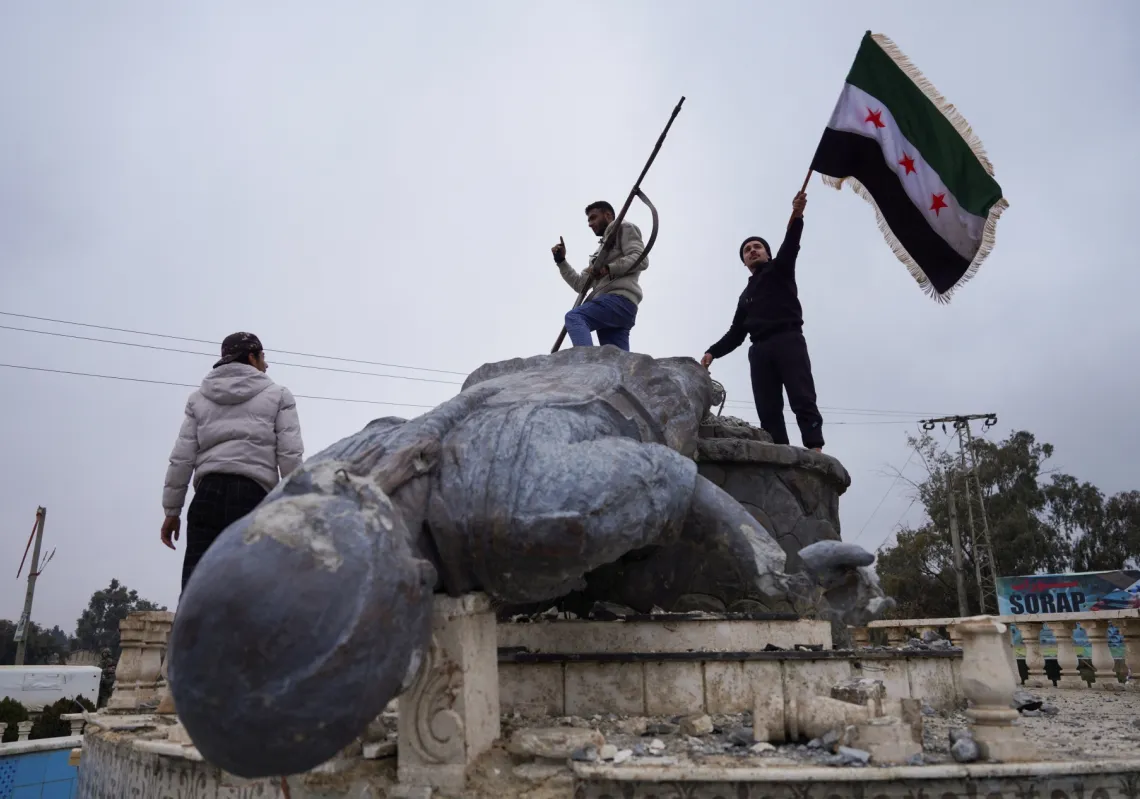Egypt has been a land rich in many cultures and industries throughout the ages. The ancient Egyptians knew many crafts and arts, including the art of textile making and they created one-of-a-kind pieces using different fabrics, graphics and dazzling embroidery. Throughout the ages, Egypt possessed a distinctive heritage of textile art that reflects the features of each historical period and highlights its culture. Each artifact inherited from a certain period has its own mark and beauty, which tells the story of Egypt as a land and cradle of arts.
On the occasion of the World Heritage Day, which falls on April 18 of each year, coinciding with the first anniversary of the opening of the National Museum of Egyptian Civilization in Fustat, Khaled El-Anany, Egyptian Minister of Tourism and Antiquities, inaugurated the Egyptian Textile Hall at the National Museum of Egyptian Civilization (NMEC).
The display shows a unique collection of archaeological artifacts present in the Textile Museum on Al-Moez Street and several artifacts transferred from some Egyptian museums and stores to tell the history of Egyptian textiles throughout the different eras.
The Egyptian Textile Hall includes nearly 650 artifacts, of which 250 were transferred from the Egyptian Museum in Tahrir, the Museum of Islamic Art in Bab Al-Khalq, the Mohamed Ali Palace in Manial, the Agricultural Museum, and the stores of the National Museum of Egyptian Civilization, to enrich the display.
The transfer of all the exhibits was carried out under the archaeological and technical supervision of the Ministry, taking all necessary measures and using scientific methods for the packaging and transportation.
The hall covers an area of 1000 m2, displaying unique collections of Egyptian textiles using the latest methods of modern display techniques, such as two well-equipped display screens and a lighting system appropriate to the monument's nature. In addition, there are screens to display a series of documentaries that tell the history of the Egyptian textile.
The visitor gains an integrated idea of Egyptian textiles through the displays, starting from prehistoric times, and passing through the Pharaonic, Greek, Roman, Coptic and Islamic eras, up to the modern and contemporary era. Each piece is accompanied by an identification plate with its manufacture date and story.
Among the most important pieces on display is a group of woolen robes dating back to the Ancient Amarna era, which is displayed for the first time and is the best witness to the ancient Egyptian use of wool, contrary to what is commonly believed.
There is a group of lint, silk, cotton, and various fabrics and tents for which Egypt was famous. There also are models of shirts and gowns dating back to the Greco-Roman era and the most essential tools of ancient spinning and weaving. You can also find a model of a textile workshop from the Middle Kingdom era.
In addition, there is a statue of weavers and a group of statues and paintings that illustrates ancient Egypt's fashion through the ages. Amid the objects on display are tools used by the ancient Egyptians to clean clothes with illustrations demonstrating the diverse stages of laundering clothes.
The display is enriched with a collection of heritage and traditional fabrics showing the traditional costumes of Egyptians in modern times, specifically from Sinai, Siwa, the Delta, Upper Egypt, and Nubia, and a unique collection of traditional costumes of farmers and Egyptian women.









